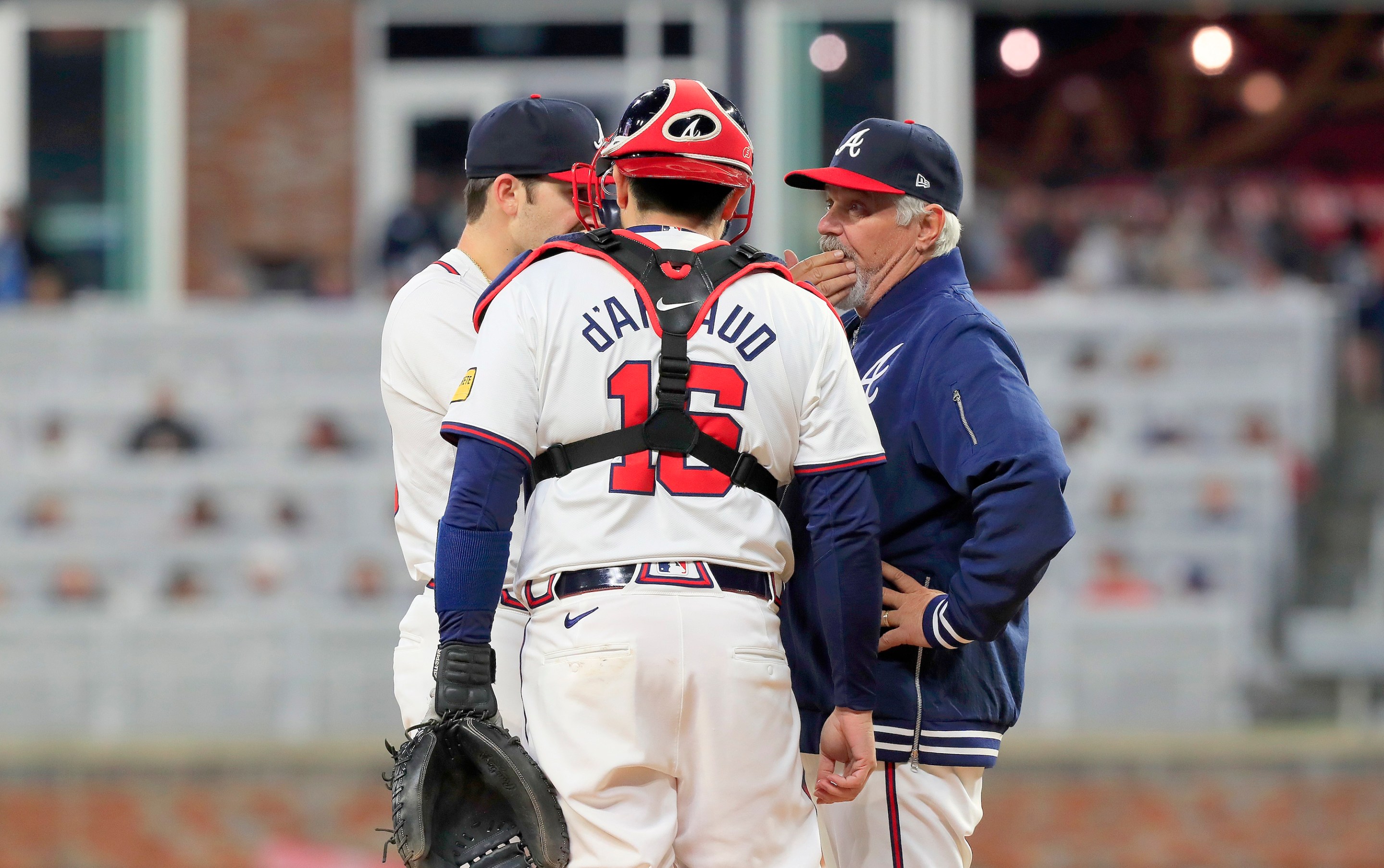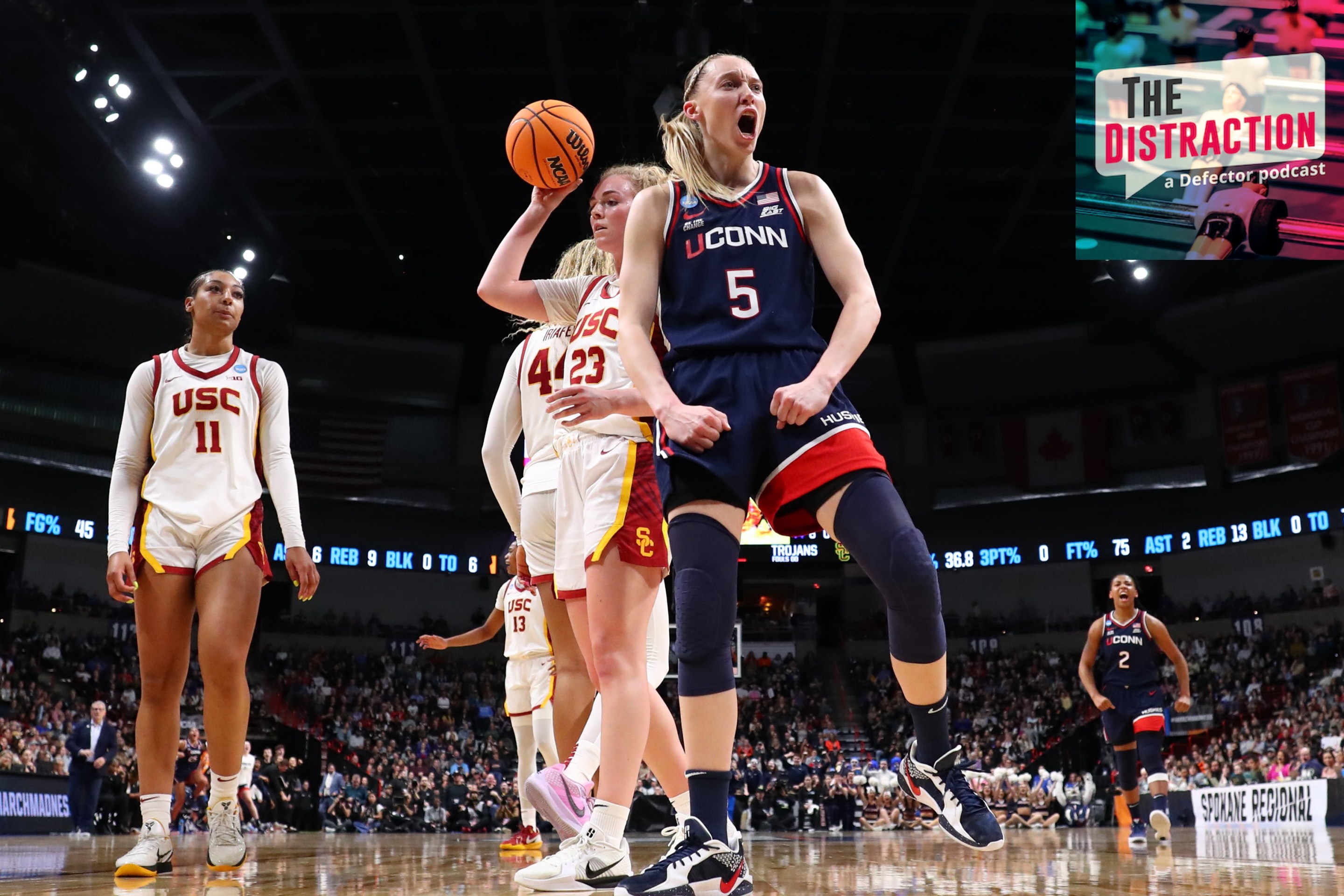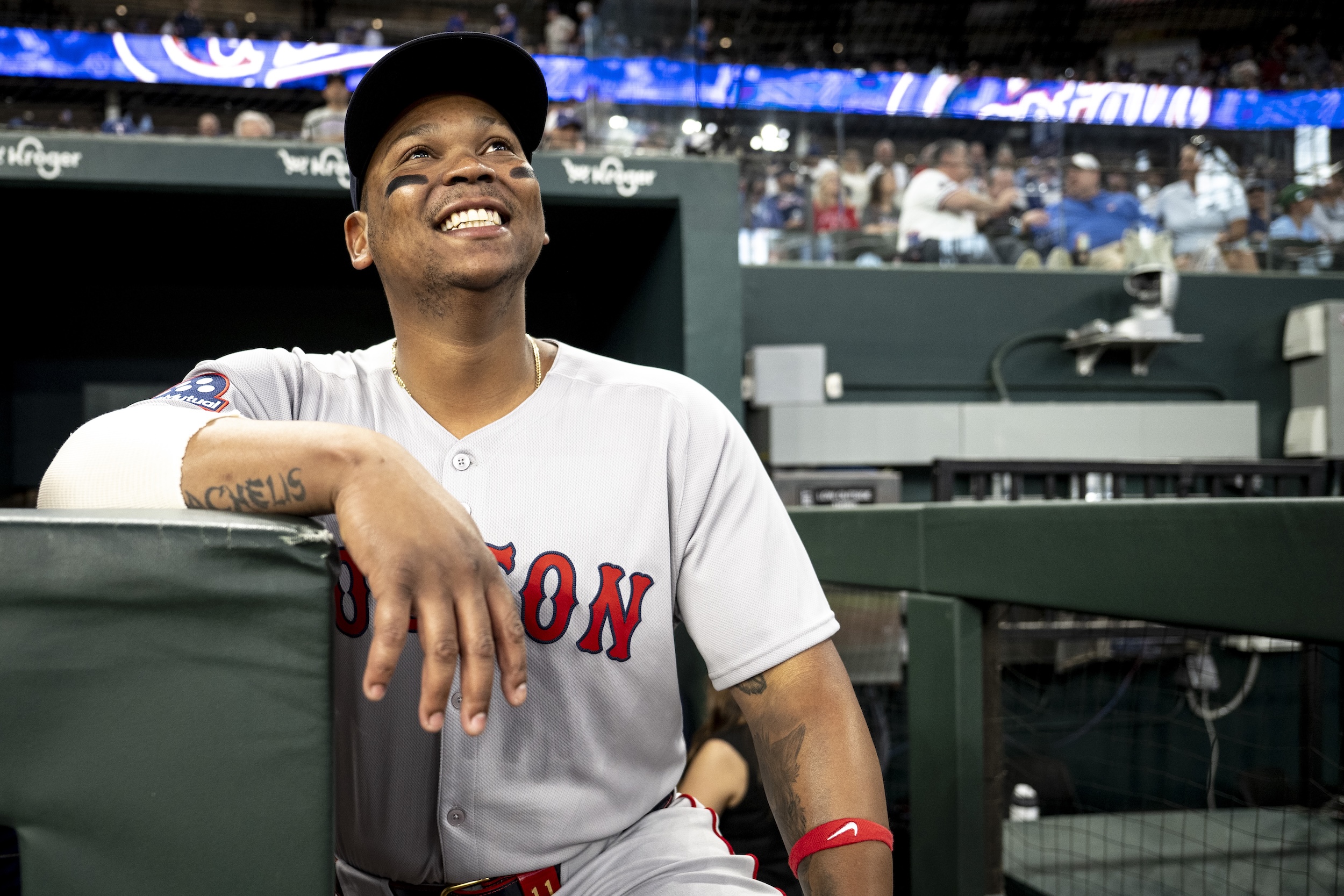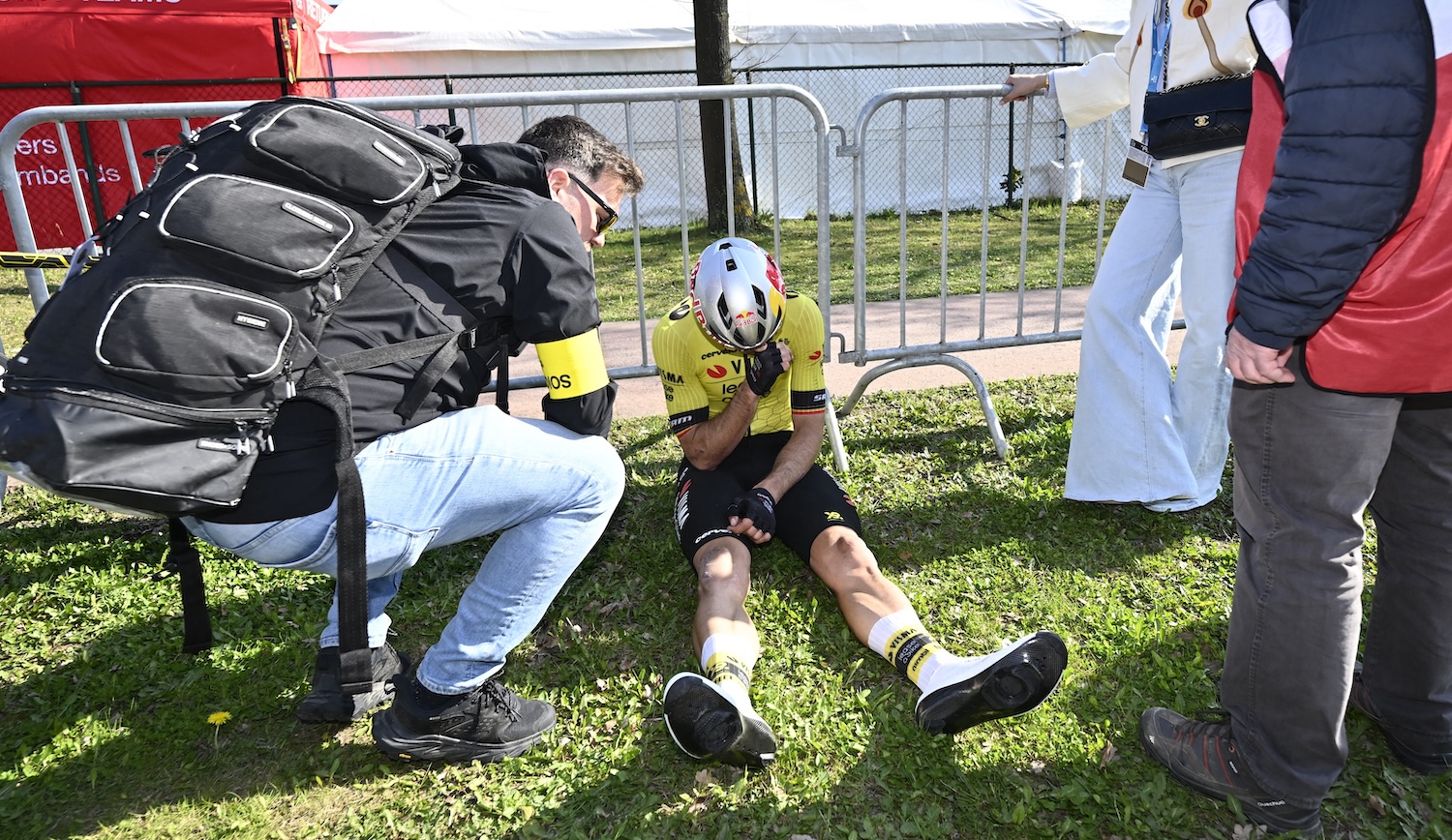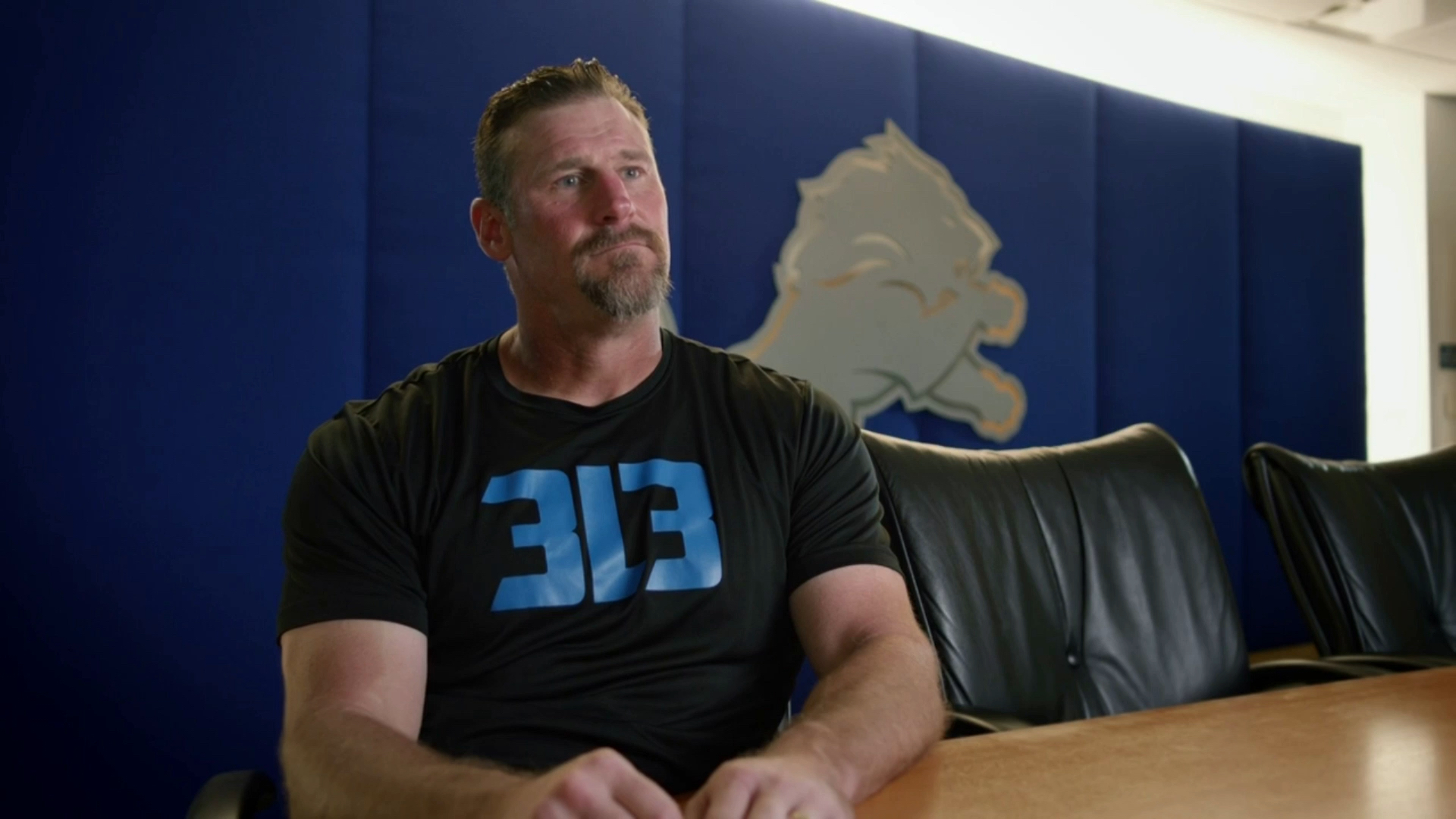The numbers tell a convincing and worrying story of a trend. Last season saw the second-highest number of UCL surgeries performed on MLB and minor-league players—263, second to 2021. Last season also saw the second-highest number of rostered pitchers who had spent time on the injured list the previous season—49.3 percent, second to 2022. MLB pitchers spent 31,558 days on the IL last year, more than double the amount from 20 years ago. UCLs are fraying and tearing and snapping at rates the game has never seen, and it is, broadly and undeniably, getting worse.
Numbers are numbers, but names tell the story better. You can tell me elbow injuries are up, and that's one thing, but tell me my team's best starter and reigning Cy Young winner, historically robust and available, is out with elbow inflammation, and tell me my team's most dependable middle reliever is having season-ending elbow surgery, and I listen. The thing is: Every team can tell a version of this story. Look at the list of pitchers currently on the IL; just look at it! That's an insane collection of talent being kept off mounds.
The list got a little longer and more talented in recent days. The Marlins announced that young righty Eury Pérez needs Tommy John surgery, two weeks after experiencing tightness in his elbow. Shane Bieber needs Tommy John surgery, after feeling increasing pain in his first two starts for the Guardians. Braves ace Spencer Strider is being shut down with UCL damage; he may need his second Tommy John surgery at age 25. By the time you read this, some other pitcher will have felt an ominous tug in his elbow.
The search for a culprit, or maybe a patsy, is on. Saturday, the union put out a statement blaming the pitch clock, which is two seconds shorter this season after being introduced to the bigs a year ago.
“Despite unanimous player opposition and significant concerns regarding health and safety, the commissioner’s office reduced the length of the pitch clock last December, just one season removed from imposing the most significant rule change in decades,” MLBPA executive director Tony Clark said in a statement released on Saturday.
“Since then, our concerns about the health impacts of reduced recovery time have only intensified.
“The league’s unwillingness thus far to acknowledge or study the effects of these profound changes is an unprecedented threat to our game and its most valuable asset — the players.”
MLB quickly responded with its own statement:
“This statement ignores the empirical evidence and much more significant long-term trend, over multiple decades, of velocity and spin increases that are highly correlated with arm injuries. Nobody wants to see pitchers get hurt in this game, which is why MLB is currently undergoing a significant comprehensive research study into the causes of this long-term increase, interviewing prominent medical experts across baseball which to date has been consistent with an independent analysis by Johns Hopkins University that found no evidence to support that the introduction of the pitch clock has increased injuries. In fact, JHU found no evidence that pitchers who worked quickly in 2023 were more likely to sustain an injury than those who worked less quickly on average. JHU also found no evidence that pitchers who sped up their pace were more likely to sustain an injury than those who did not.”
While the PA seems intent on litigating a labor concession—that's its job, after all—this would seem to be an issue where all parties have a strong interest in identifying a fix. Players don't want to get injured and lose out on their next contracts; owners don't want the players they're already paying to be stuck on the shelf. And indeed, MLB recognizes that there's an epidemic that needs to be addressed. Per The Ringer's Ben Lindbergh, the league is currently conducting a study, which will include "data analysis and approximately 100 interviews with informed figures, including doctors, trainers, independent researchers, college coaches, amateur baseball coaches and stakeholders, former pitchers, front-office members, pitching coaches, and current players." When the study is complete, a task force will be convened to suggest and implement solutions. If this sounds like the same kind of unilateral and heavy-handed approach the league took that resulted in the pitch clock, well, you can't say the pace of games isn't faster.
Besides, there seems relatively widespread agreement that the primary culprit behind the rise in elbow injuries is not the time between pitches, but the effort behind them. Pitchers are throwing harder than ever, with more rotation on the ball—it would be surprising if this didn't wear out ligaments more quickly. Call it max-effort pitching, "not how hard you throw, but throwing the hardest you can throw." Once upon a time, pitchers would only rear back and throw their best fastball in the highest-leverage situations. Now even their standard heater is sniffing the upper limits of their range. The numbers bear this out too: That Ringer blog has a chart that shows pitchers' average fastball is now within just 2 mph of their 95th-percentile gas.
If this is bad for arms, it's a problem that won't be untangled easily. The emphasis on power pitching is deeply ingrained in the sport, at every level. The biomechanics of velocity and rotation have been honed to a science and also a religion; kids on the youth level are learning how to maximize their spin rate, and entire major-league franchises have built their pitching staffs around the philosophy that it's easier and most cost-effective to teach some anonymous dude to throw 100 mph, and if his elbow explodes, there's another hundo-throwing dude waiting in the wings. This works because it works: velocity gets hitters out. A pitcher, especially a young one trying to make a team and stay there, is always going to be more incentivized to be effective than to be sustainable. "The goal of pitching isn’t to avoid injury, but to avoid losing," wrote an anonymous major-leaguer this winter.
It's a vicious cycle—where and how do you possibly regulate things in a way that will convince a pitcher to change his mechanics to be less effective, or a trainer to alter his methods to produce an arm with less impressive stuff? Baseball has optimized its way to a ligament-punishing meta; the thing that human bodies are not supposed to do must be done as hard as possible, scores of times in a row. This is the way to win, and the way to the scalpel.
